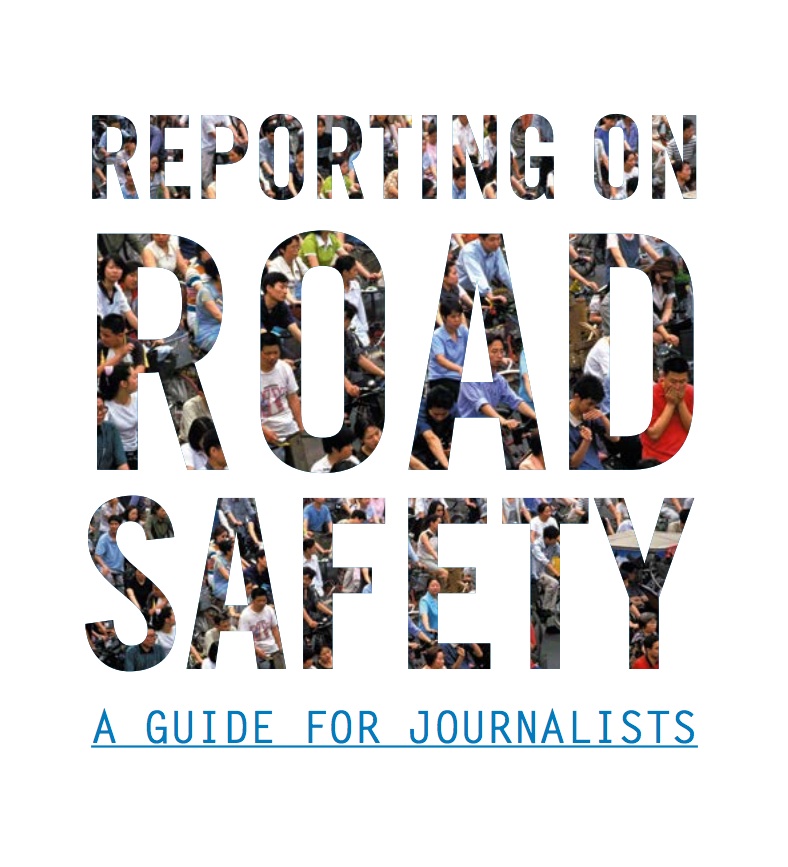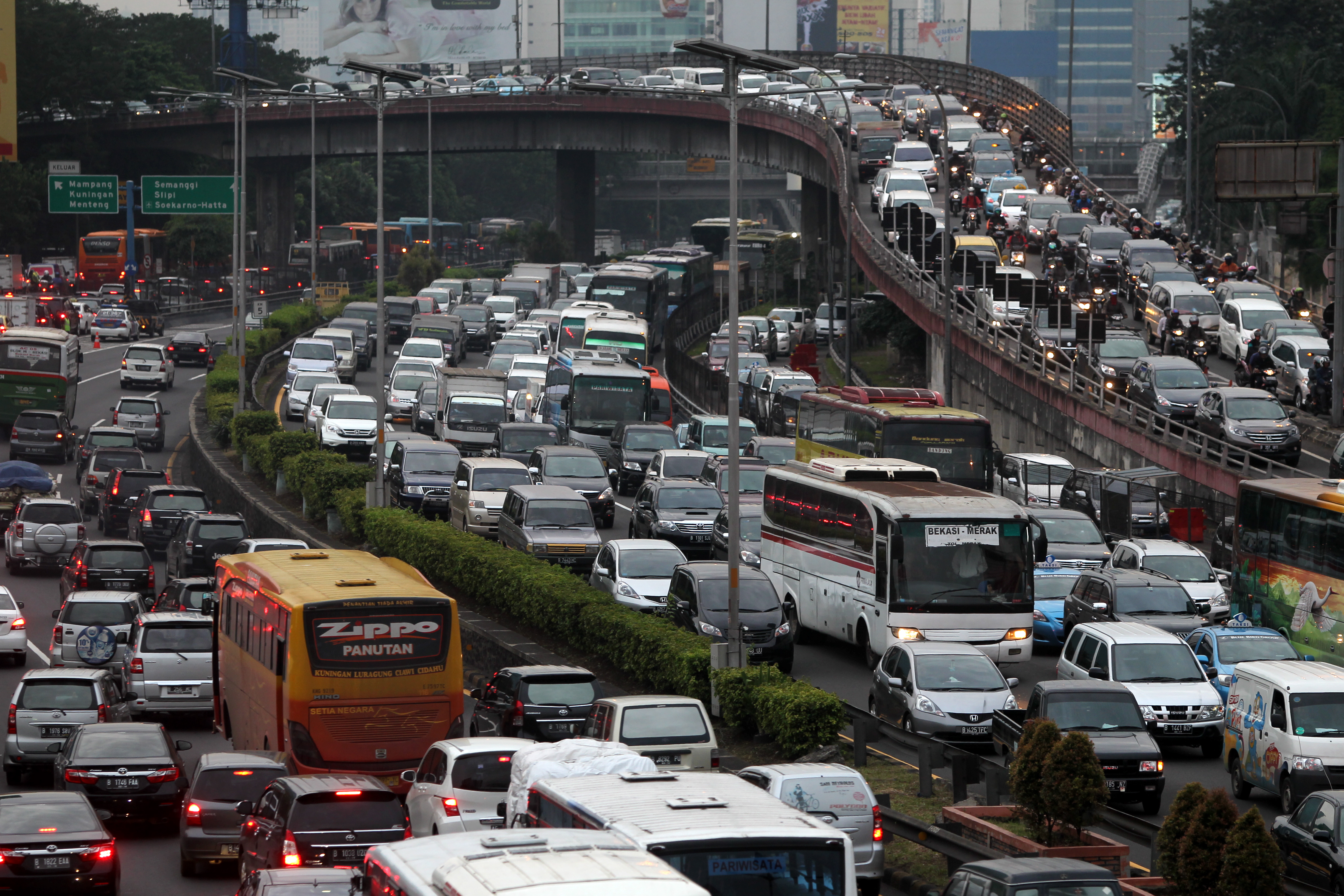
The carnage on the world's roads is a public health crisis of epic proportions. The global death toll has already reached 1.24 million a year and is predicted to reach 1.9 million by 2030 unless something is done to reverse the trend.
Low- and middle-income countries have about 50 percent of the world's vehicle traffic but nearly 90 percent of the traffic deaths. In Africa and parts of Asia, there is a tendency to ignore the problem, to shrug it off as the inevitable cost of economic progress or simply to accept crashes as God's will.
Economists and development experts now categorize the growing road traffic death toll in developing countries as a "poverty-inducing" crisis, with impacts felt for generations.
To help journalists address this crisis, the Pulitzer Center and the World Health Organization, with financial support from Bloomberg Philanthropies, have joined together to produce Reporting on Road Safety: A Guide for Journalists.
The guide, available online for free, offers advice and strategies from journalists and editors who have developed successful reporting projects on road safety. It also includes a pamphlet, 16 Story Ideas, that provides links to stories, suggestions for new angles, descriptions of projects, and tips from editors, journalists and public health experts to enhance reporting on road safety.
Reporting on road safety requires more than a passing familiarity with the driving statistics of an individual country. This guide is intended to help journalists dig beneath the numbers to understand the complex interplay of the many factors that ultimately lead to a road traffic fatality.
Road safety is a much bigger story than the fatal crash buried inside the pages of this morning's newspaper. This is a guide for journalists who want to tell the bigger story.




